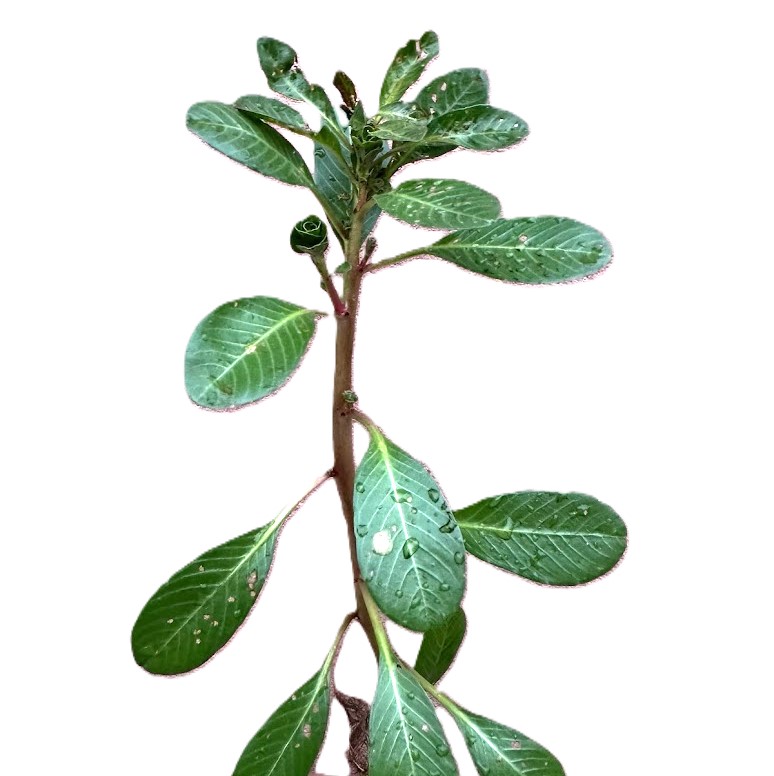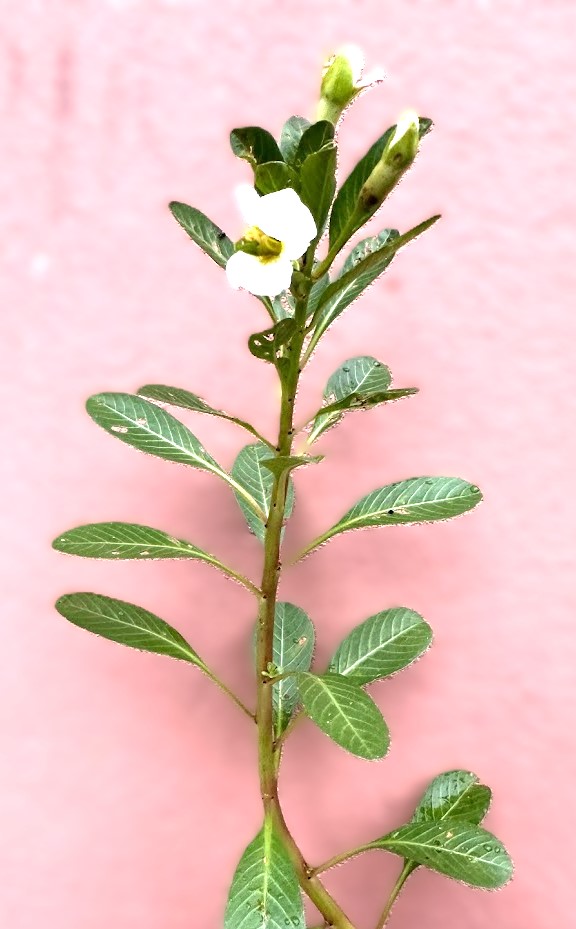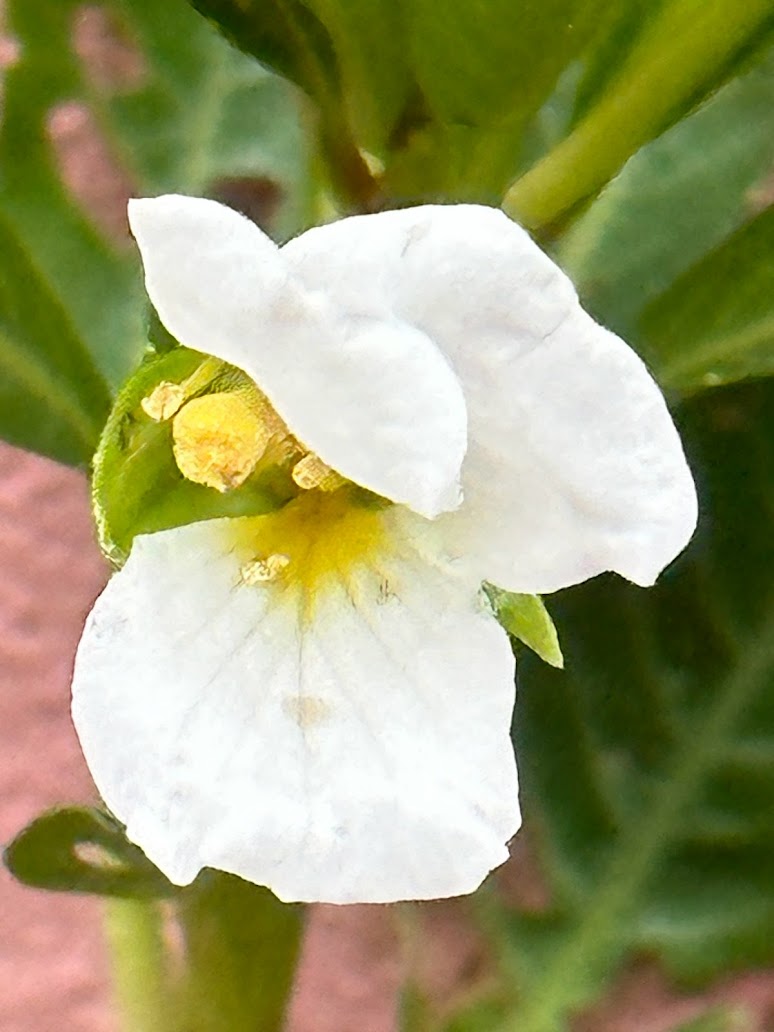

Identification Notes




EPPO CodeLUDAC |
Life CyclePerennial |
MorphologyStem- prostrate or erect, rooting at nodes, with conspicuous, white, erect, spindle-shaped pneumatophores clustered at nodes of floating stems and from roots. Leaves- narrowly lanceolate, 6-12 main veins on each side of midrib. Flowers- solitary in leaf axils. Sepals 5; up to 14 x 2.8 mm. Petals up to 18 x 10 mm. Stamens 10; pollen shed singly. Fruit- a terete capsule, up to 30 mm long, longitudinally 10-ribbed, bulged at 1.5 mm intervals, light brown, thick walled, tardily dehiscent; pedicels up to 20 mm long. Seeds- uniseriate, up to 1.3 mm long, pale brown, firmly embedded in coherent cubes of woody endocarp. |
Growing season- |
Germination period- |
Flowering periodJuly - September |
Propagation- |
HabitatWetlands, along rivers and lakes, often floating, sometimes in large masses |
Weed potentialLudwigia adscendens is primarily a weed of rice, especially in South-East Asia (Moody 1989): deepwater rice (Bangladesh), dry-seeded rice (Bangladesh, Thailand, Vietnam) transplanted rice (Bangladesh, Indonesia, India, Malaysia, Philippines, Sri Lanka, Thailand, Vietnam), upland rice (India, Laos, Nepal), lowland rice (Cambodia, Laos), wet-seeded rice (India, Malaysia, Philippines, Thailand, Vietnam), and tidal swamp rice (Indonesia). It has also been recorded as a weed of irrigation channels and other open water systems in South-East Asia (Gopal, 1990) and in South America (mainly Chile: Fernández et al., 1990). It is a troublesome weed of a range of irrigated crops in Africa (Cook, 1974). It has also been found in Leucaena plantations in Indonesia (Siregar, 1987). |
Control measure- |
Recommended herbicide- |
Distribution- |
Medicinal properties- |
References- |